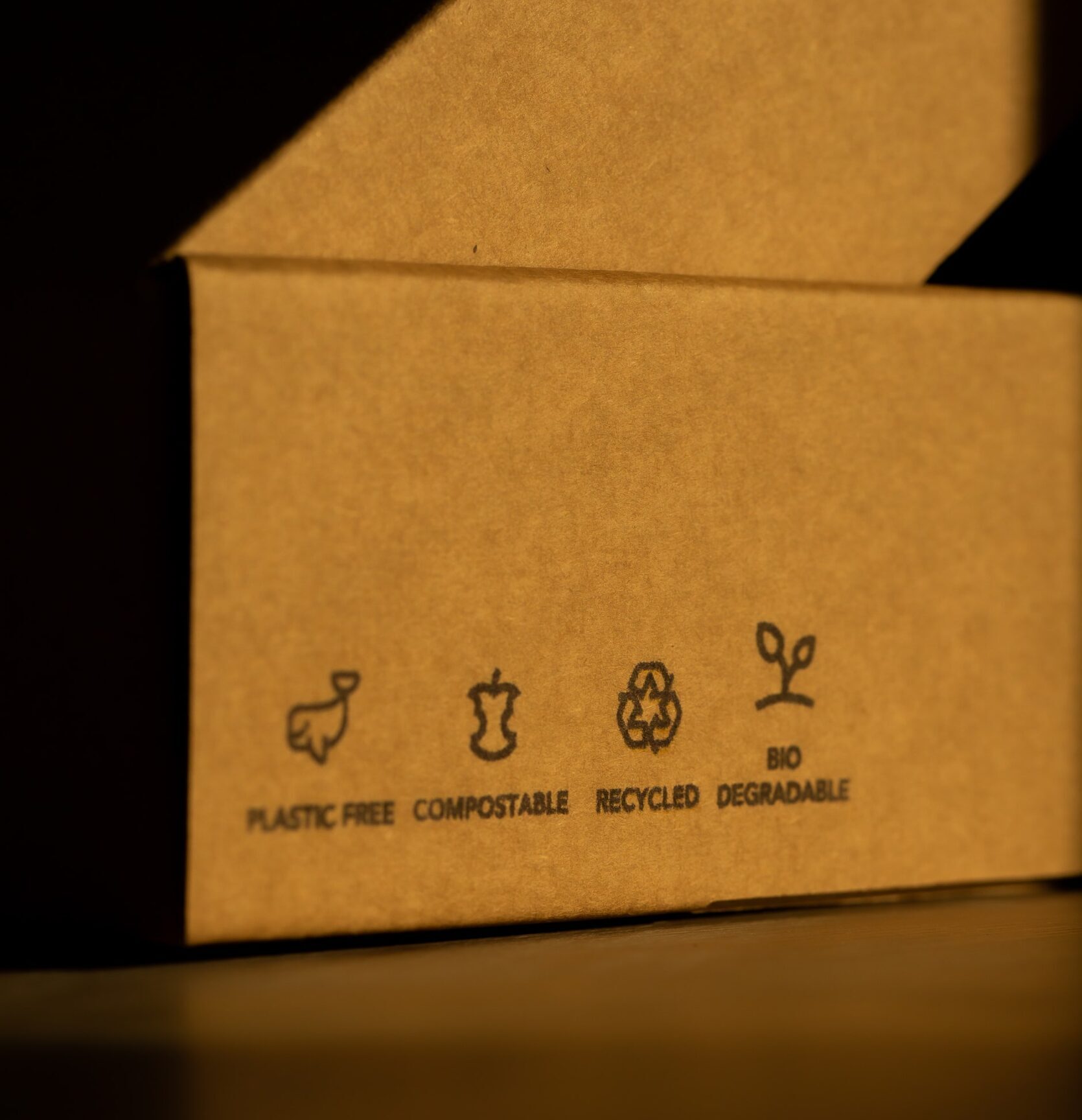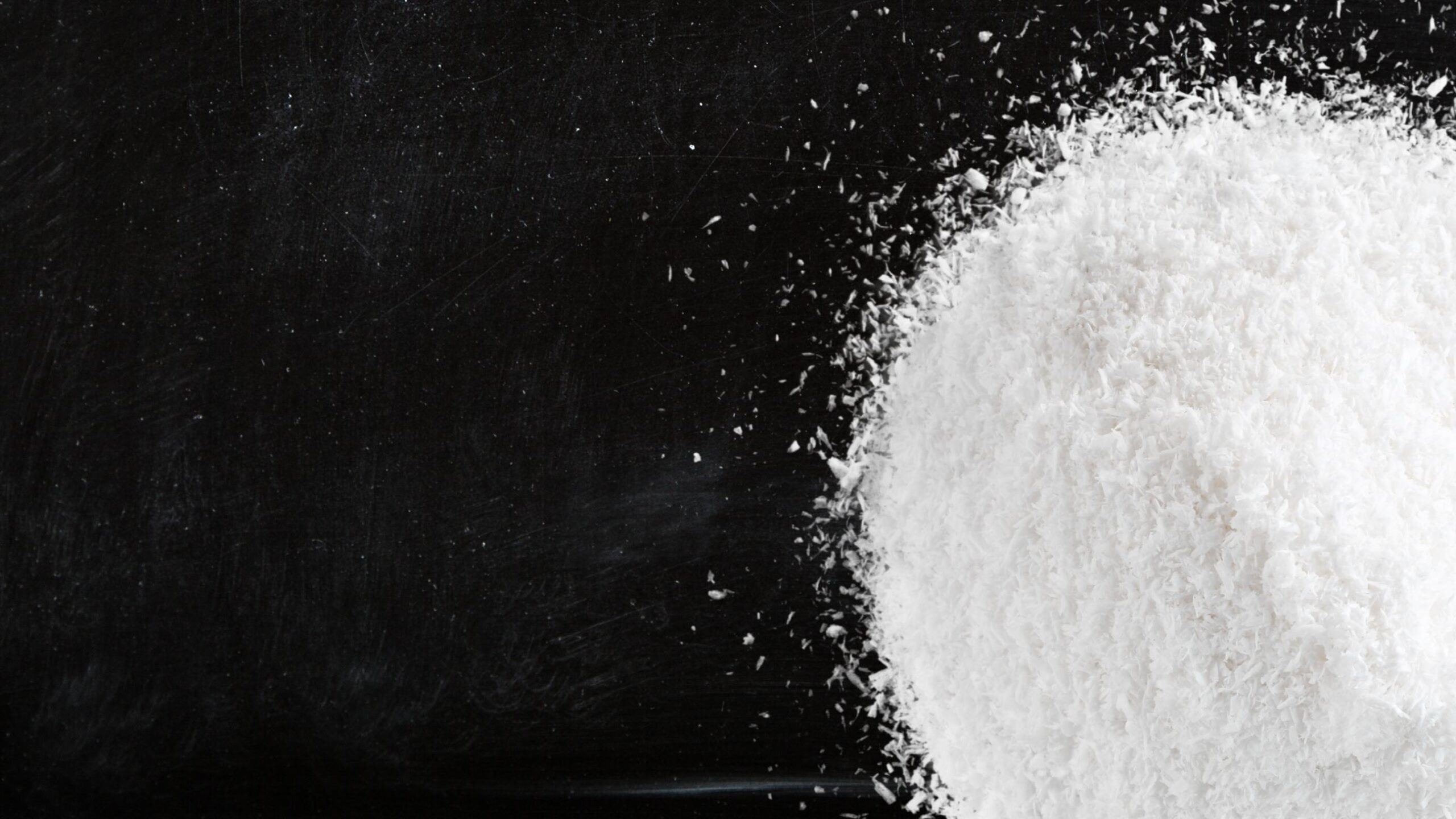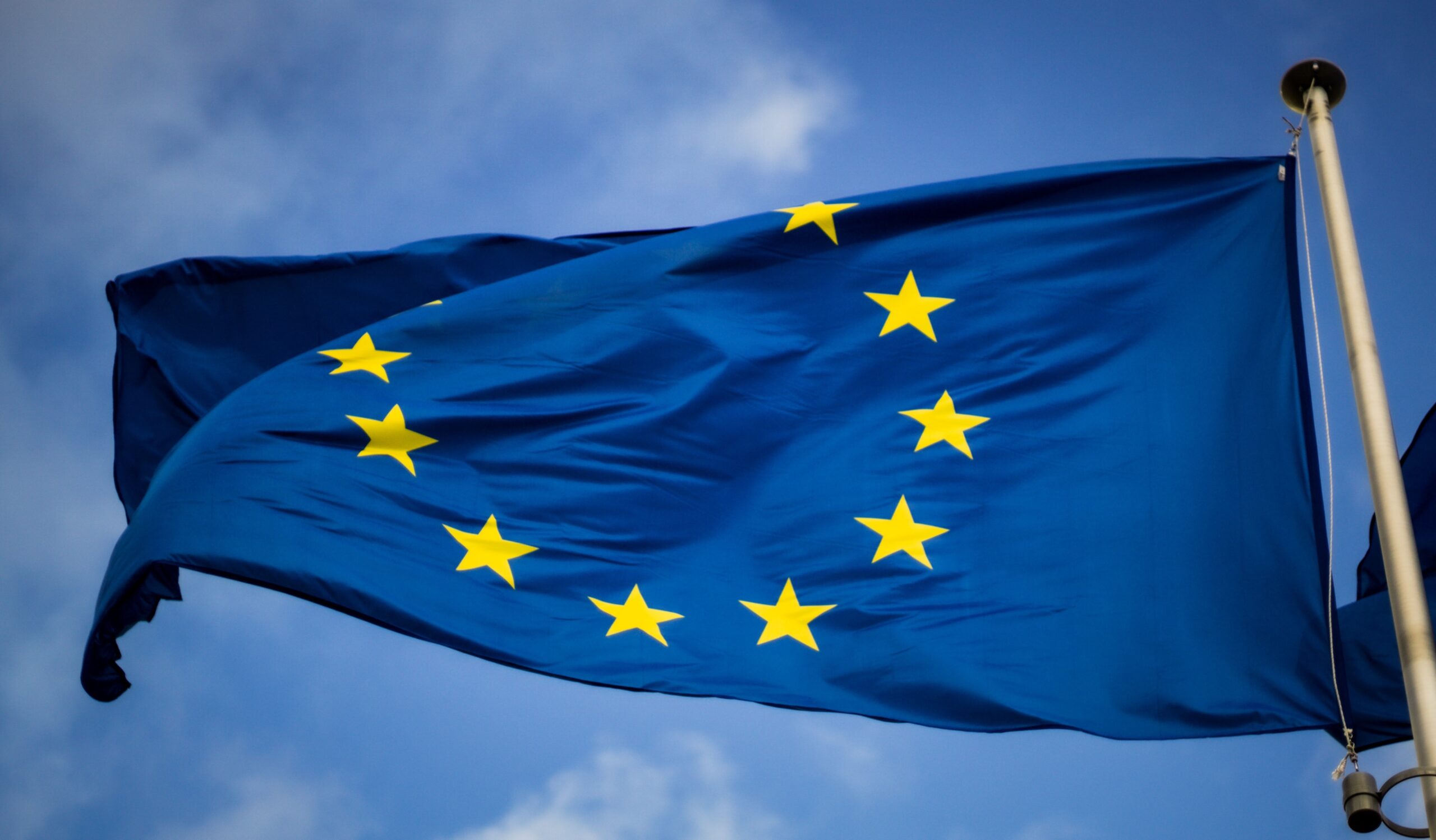What’s new?
The European Union has adopted several regulations impacting the cosmetic industry, with important deadlines approaching in early 2025:
Regulation (EU) 2024/858: Nanomaterials
For comprehensive information on this regulation, see our previous article on nanomaterials in cosmetics.
Affected nanomaterials include:
- Styrene/Acrylates Copolymer (nano)
- Copper (nano) and Colloidal Copper (nano)
- Colloidal Silver (nano)
- Gold (nano) and Colloidal Gold (nano)
- Thioethylamino Hyaluronic Acid Gold (nano)
- Platinum (nano) and Colloidal Platinum (nano)
Hydroxyapatite (nano) is restricted with specific allowances:
- Maximum 10% in toothpaste and 0.465% in mouthwash
- Must not allow inhalation exposure
- Particles must be rod-shaped with a controlled aspect ratio
- Must not be coated or modified
Regulation (EU) 2024/996: Vitamin A and other substances
As detailed in our previous analysis of Regulation 2024/996, these changes represent significant shifts in EU cosmetic ingredient policy.
Key restrictions include:
- Genistein: Maximum 0.007% in ready-to-use products
- Daidzein: Maximum 0.02% in ready-to-use products
- Kojic Acid: Allowed up to 1% in facial and hand products
- Alpha-Arbutin: Up to 2% in facial creams and 0.5% in body lotions
- Arbutin: Up to 7% in facial creams
- Vitamin A (retinol): Has specific restrictions with later implementation dates
Regulation (EU) 2022/2195: Homosalate
For the full SCCS opinion and initial regulatory response regarding Homosalate, refer to our earlier publication on UV filter regulations.
New restrictions:
- Homosalate is now allowed only in face products (non-spray and pump spray products) up to a maximum concentration of 7.34%
What now?
Key deadlines for nanomaterials (Regulation 2024/858):
- From 1st February 2025: Products containing the specified nanomaterials must not be placed on the EU market
- From 1st November 2025: Such products must not be available on the EU market
Key deadlines for Vitamin A and other substances (Regulation 2024/996):
- From 1st February 2025: Products containing Genistein, Daidzein, Kojic Acid, Alpha-Arbutin, and Arbutin that do not comply with the new restrictions cannot be placed on the EU market
- From 1st November 2025: Non-compliant products must not be available on the EU market
- For Vitamin A (retinol): Non-compliant products cannot be placed on the market from 1st November 2025 and must not be available on the market from 1st May 2027
Key deadlines for Homosalate (Regulation 2022/2195):
- From 1st January 2025: Products containing Homosalate that do not comply with the new restrictions cannot be placed on the EU market
- From 1st July 2025: Non-compliant products must not be available on the EU market
References:
- Commission Regulation (EU) 2024/858 of 14 March 2024 amending Regulation (EC) No. 1223/2009 of the European Parliament and of the Council as regards the use of the nanomaterials Styrene/Acrylates copolymer, Sodium Styrene/Acrylates copolymer, Copper, Colloidal Copper, Hydroxyapatite, Gold, Colloidal Gold, Gold Thioethylamino Hyaluronic Acid, Acetyl heptapeptide-9 Colloidal gold, Platinum, Colloidal Platinum, Acetyl tetrapeptide-17 Colloidal Platinum and Colloidal Silver in cosmetics products
- Commission Regulation (EU) 2024/996 of 3 April 2024 amending Regulation (EC) No 1223/2009 of the European Parliament and of the Council as regards the use of Vitamin A, Alpha-Arbutin and Arbutin and certain substances with potential endocrine disrupting properties in cosmetic products
- Commission Regulation (EU) 2022/2195 of 10 November 2022 amending Regulation (EC) No 1223/2009 of the European Parliament and of the Council as regards the use of Butylated Hydroxytoluene, Acid Yellow 3, Homosalate and HAA299 in cosmetic products and correcting that Regulation as regards the use of Resorcinol in cosmetic products








